A Quick Look at the Moto X - Motorola's New Flagship
by Brian Klug on August 1, 2013 3:00 PM EST- Posted in
- Smartphones
- Qualcomm
- MSM8960
- Motorola
- Mobile
- Android 4.2
- Moto X
- S4 Pro
Touchless Control
Though the UI for the Moto X is indeed stock android basically everywhere ($12.5 Billion later, Google finally killed Motoblur), there are two specific software customizations on the Moto X which are chief differentiators. The first of which is touchless control, which is essentially a combination of always-listening voice command, and Google Now.
The way it works is simple – say “OK Google Now” with the phone in literally any state, and you’ll get dumped into a special Google Now prompt. It works with the phone in standby mode (screen off, powered on, but in deep sleep), or with screen on.
There’s a training initialization which asks you to say “OK Google Now” in a very quiet room three times (I had to lock myself in a bathroom for the meter to register quiet enough) to enable the feature. After that, saying OK Google Now works well and powers on the phone to this menu. Users cannot change the OK Google Now keyphrase to something custom.
For this system, Motorola uses a natural language processor (NLP) of custom design that I haven’t quite tracked down yet. This controller constantly listens on the 3 microphones onboard Moto X for the “OK Google Now” keyword, then wakes up the AP and enables the Google Now prompt. Motorola says it went with this solution to enable always-on voice without killing battery life from running the main AP all the time (which does make sense). It works surprisingly well, maybe even too well, as even after training saying “OK Google Now” can turn on every Moto X around you. Just something to be aware of.
Contextual Processor
The contextual processor powers two other features, active display, and the gesture-enabled quick capture camera.
Active display is Motorola’s solution to the constant device checking and glancing that users do to find out why a notification fired. It’s a view that sits above the lock screen and displays the last few notifications and enables you to dive into the appropriate app that triggered it. Information just appears on the display when it’s in an off state, breathing in and out when the device is face-up on a surface. Otherwise, flipping the Moto X from face down to face up will bring up the display – I can’t screenshot it, this seems to live outside Android entirely.
To get a preview, you can touch the notification, and then drag up. Dragging left or right clears notifications. Dragging up into a notification will dive into the appropriate application.
There are privacy settings to enable or disable how much information you can have displayed on the active display notification screen so this doesn’t bypass if you have a lock screen on purpose.
I leave my phone face-up on my desk instead of face down to prevent screen scratches, where and the Active Display notification screen pulses periodically with the time and when notifications come in. It works well, I just need to spend time with it.
The other contextual-powered feature is quick capture, which is the quick enter camera gesture. Hold the Moto X, flick your wrist like a screwdriver, and you’ll get popped into Motorola’s camera UI for the Moto X.
The UI is very simplified and makes some interesting choices. Tap to focus and expose is disabled by default – instead tapping anywhere captures a photo. Tap to focus can be re-enabled in the settings, which fly out from the left, but now tapping anywhere focuses on that region and captures immediately. I’m not sure if I like this change. The camera sensor is 16:9, and the preview is likewise 16:9, so there’s at least no cropping going on.
The UI includes HDR, flash control, tap to focus enable/disable, slow motion video (720p60), panorama, location tagging, shutter sound, and the flick gesture enable/disable. What’s missing is photosphere support, unfortunately. Dragging right gets you into the gallery, and there are buttons for changing to the front facing camera and taking video instead of photos. This is sort of a tweaked Android 4.2/4.3 camera UI, with stuff just moved around and photosphere removed.
I’ve done some digging around and believe that Motorola is using a TI MSP430 microcontroller for its contextual processor, as this seems to do at least sensor fusion for the different situational positions. I’m not sure if this also powers the active display functions but wouldn’t be surprised if it did.


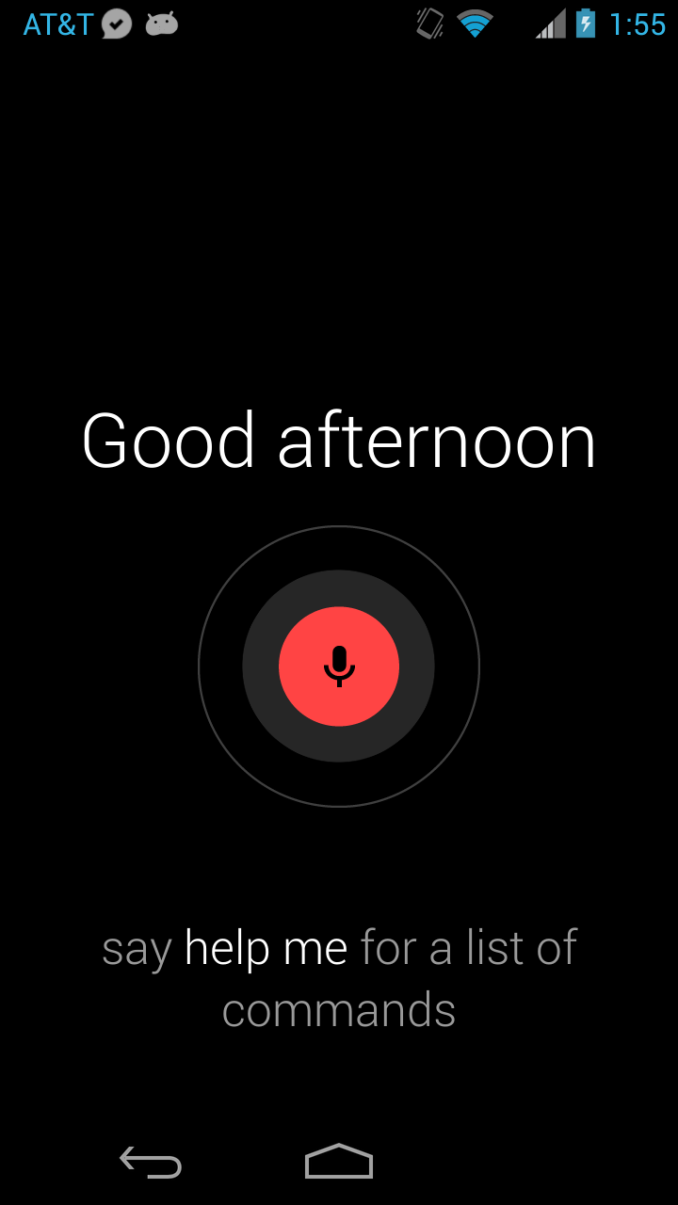
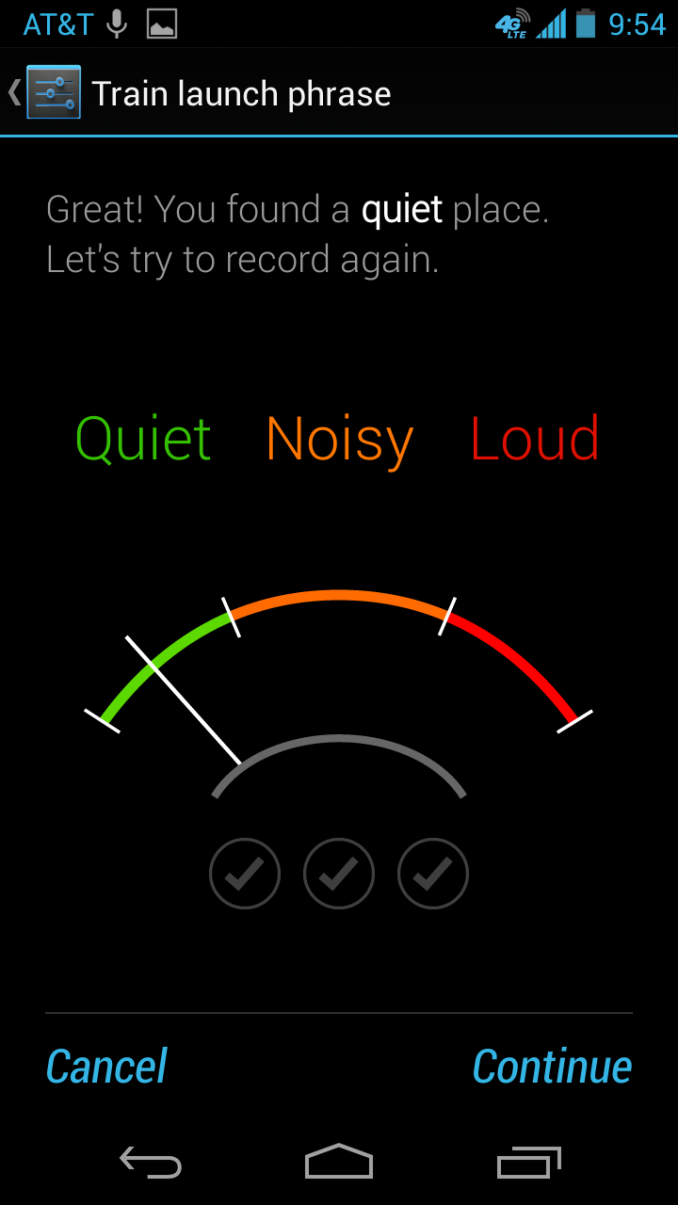
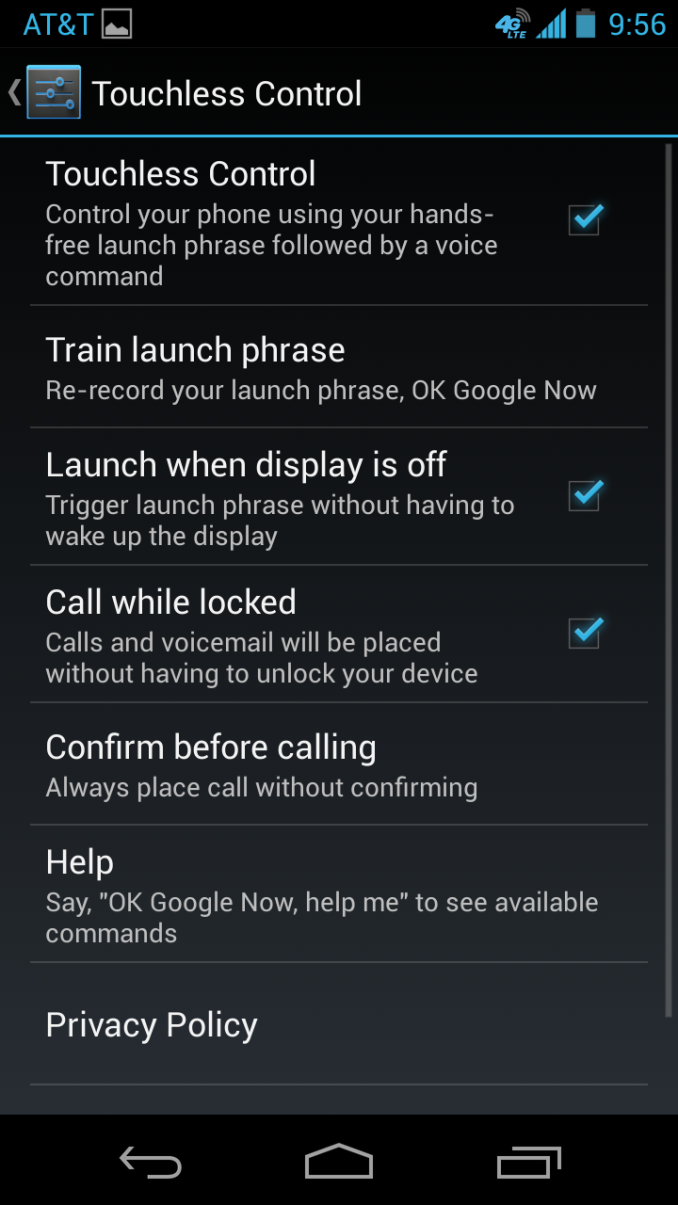
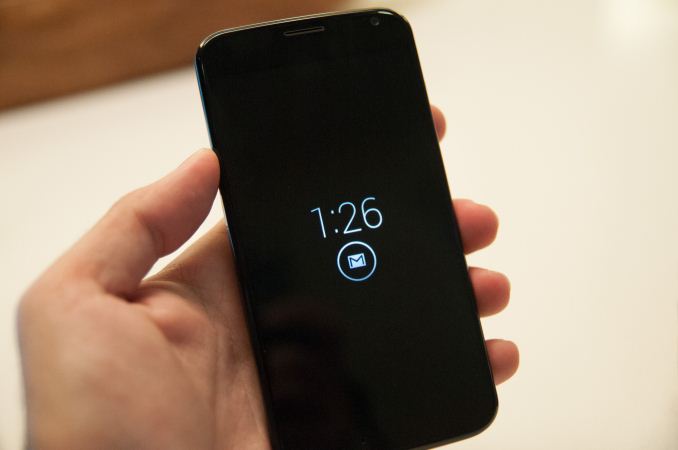
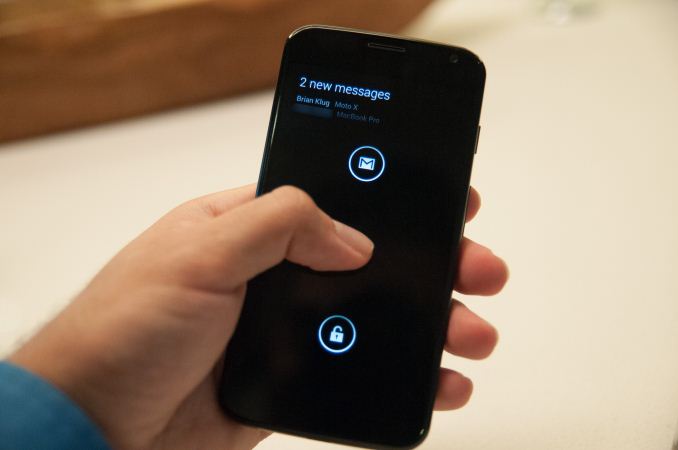
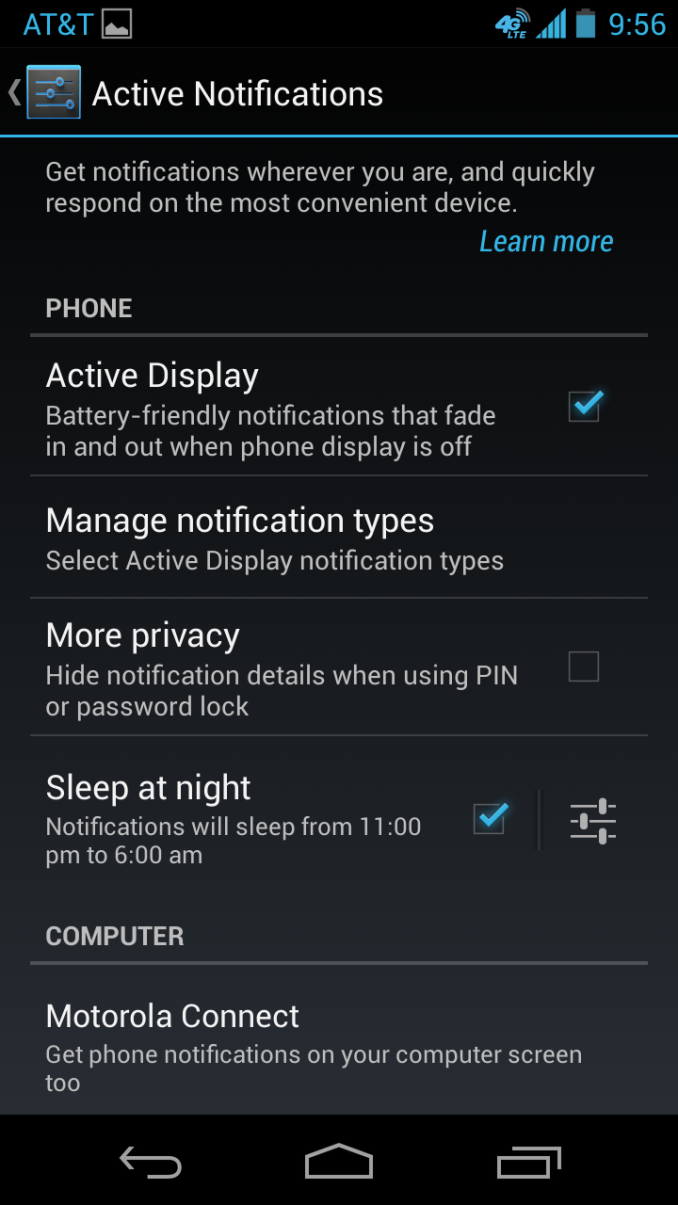
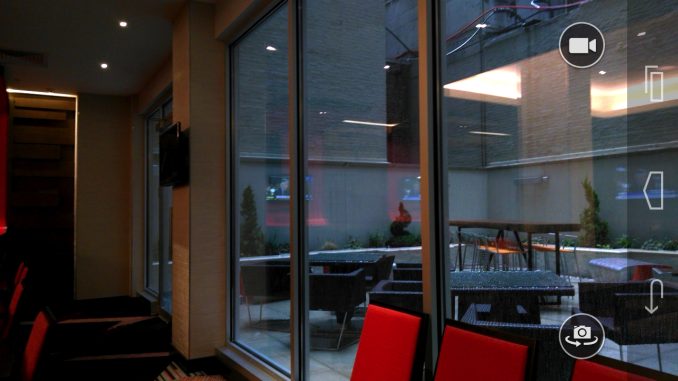
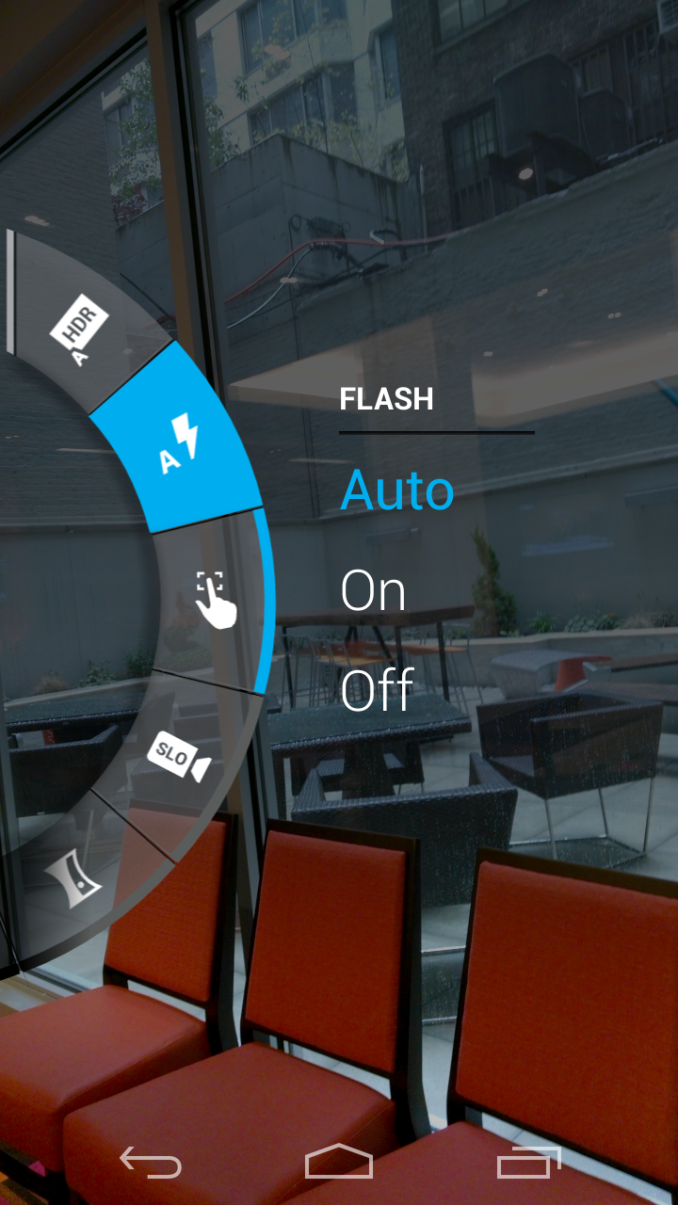








162 Comments
View All Comments
Mugur - Saturday, August 3, 2013 - link
Nice phone, bad price. The actual BOM for a flagship phone is 200-250 USD, by the way. All in all, this is the HTC One Mini hardware, priced like HTC One. Why should I choose it?grahaman27 - Saturday, August 3, 2013 - link
so thats why samsung's design inspiration videos are in korean?Arbie - Sunday, August 4, 2013 - link
-No SD card = no sale.
I need a phone but only once in a while for special cases. But I play a lot of media. Any electronic box I carry around must be able to swap media sets in and out quickly. With (micro)SD I can change 16GB or even 64GB in 5 sec - with no wires... and carry both sets with me. Filling fixed storage via USB is pathetic compared to that. I'm not going to buy pathetic. And to all those who say "you really don't need SD"... you're right. You don't. However, I and many others do. So stop apologizing for minimalist feature-weak designs.
No SD card = no sale.
abazigal - Sunday, August 4, 2013 - link
Is it just me, or is "Ok, Google Now" seem quite cumbersome to say, especially for something you expect to activate many times over a day?fteoath64 - Sunday, August 4, 2013 - link
The "always listening" part would qualify for Apple to copy to make Siri Always On feature. I suspect the algorithm would also detect movement (and directional movement as such or that part is done by the Contextual AP and passed to NLP AP). Like voicemail, the talking-to-machine part is more likely a US centric usage model while ROW (rest-of-world) prefers a silent usage model.The software would no doubt need a lot of refinement to make such features useful. If there is no >95% accurate speech recognition, most people would likely stay away or only use it for trivial tasks like setting alarm, reminders, book appointment.
Still, I would think, this is innovation in a good way. It would not be long for software-only solutions to show up.
theduckofdeath - Sunday, August 4, 2013 - link
Not aligned with the industry of having larger and larger displays? I'm not sure if I can agree with that. Its display is bigger than the latest Nokia phones and as big as the latest HTC flagship phone, and slightly smaller than the latest Samsung ditto. I'd say it is aligned right in the middle of that trend. :)Twister292 - Sunday, August 4, 2013 - link
The device looks good, but the SIM-free $575 (and on-contract $200) price is a bloody joke for a device with these specs. The SIM-free price is too close to the GS4 and HTC One GPE versions for the Moto X to make any sense at that price.irule9000 - Sunday, August 4, 2013 - link
I think this would pair very nicely with a smartwatch http://www.indiegogo.com/projects/kreyos-the-only-... dont you?mk54321 - Monday, August 5, 2013 - link
Is the Cirrus Logic Audio - Ultra-Low Power, 4-Channel Microphone A/D Converter Enhances Performance for Voice Applications CS53L30 inside the Motorola Moto X ??garadante - Friday, August 9, 2013 - link
Can someone -please- explain to me why every good feature of a phone is AT&T exclusive? Black, 64 GB HTC One in practical uses, and all the customization options with this now? Do they just pay Google and HTC a bunch of money for exclusive rights?